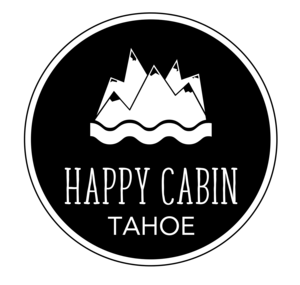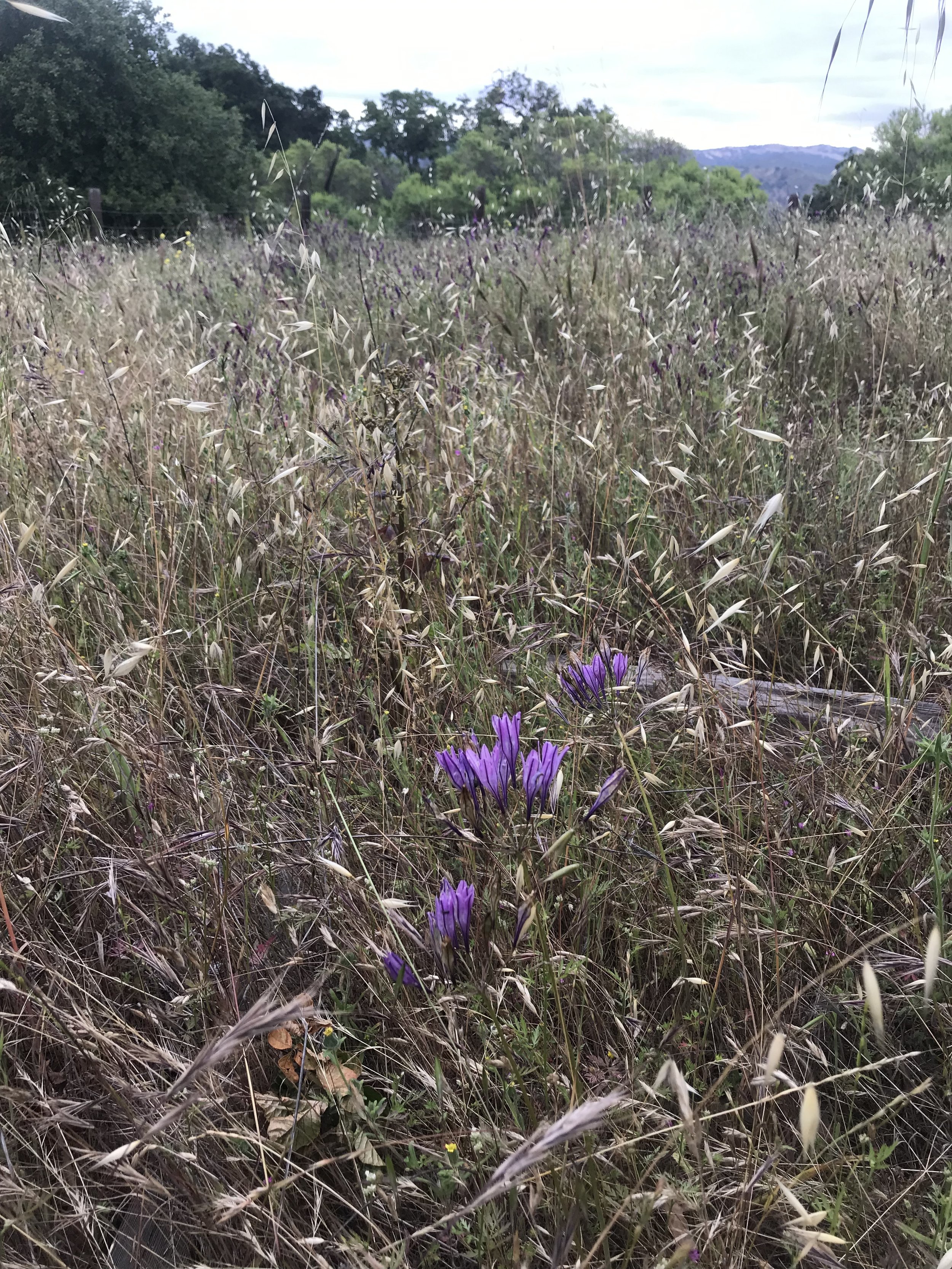Winter Sun Protection for Beginners
Being from a beach town, you’d think my family would have the sunscreen routine down. But, let’s be honest, Santa Cruz isn’t exactly the sunniest place in the world. June gloom persists through most of the summer. Our warmest days come in autumn and spring, before and after the rainy months, when it’s not exactly bikini weather. And, all year long, with or without sun, the ocean is freezing cold, requiring thick wetsuits for anything beyond a quick dip. Usually, we make do with a thin application of sunscreen on faces and bare legs or arms once in the morning and before and after pool or beach time. At Happy Cabin, that’s not going to cut it!
With an average of 307 days of sun per a year in the Lake Tahoe Basin, the chance of having a sunny day at Happy Cabin is 84%. Plus, it’s easier to get sunburned at high altitudes because there’s less atmosphere to block the sun’s rays. That means we’re going to have to seriously up our sun protection game to safely enjoy our first North Lake Tahoe winter. I’ve rounded up the latest intel on high-altitude winter sun protection to make sure my family is protected, whether making snow forts in the backyard or snowboarding at our local resort. Here’s what I’ve learned:
Tips for Staying Sun-Safe During the Winter
Cover up as much as possible, with long-sleeve clothing, gloves, hats, helmets, sunglasses or goggles
Wear sunscreen even if the sun’s not shining
Apply sunscreen to your entire face, ears and neck
Reapply sun protection every few hours
Take breaks out of the sun, under awnings or in the lodge
Keep infants and children out of the sun as much as possible
Wear sunglasses or googles with 99 percent or greater UV protection
Limit the time you spend outdoors during the most intense sunlight, between 10 a.m. and 4 p.m.
What to Look for in a Winter Sunscreen
Choose a broad-spectrum sunscreen with a sun protection factor (SPF) of between 30 and 50
Choose a physical sunscreen with zinc oxide or titanium dioxide rather than a chemical sunscreen with benzones
Avoid sunscreens with oxybenzone, an allergen and a hormone disruptor
Avoid sunscreens with retinyl palmitate, a form of vitamin A that may harm your skin
Avoid spray-on sunscreens, which pose an inhalation risk and can easily be applied too lightly
Consider a small-profile sunscreen that tucks into a pocket for regular application throughout the day
Which Sunscreen Should You Buy?
The Environmental Working Group, a nonprofit devoted to empowering people to live healthier lives in a healthier environment, has put together a handy sunscreen guide that includes products that meet EWG’s strict criteria, which include many of the guidelines listed here. You can even enter your favorite sunscreen to find out how it rates.
If you have a favorite sunscreen for winter adventures, I’d love to hear about it. Drop me a line at happycabintahoe@gmail.com or leave a comment. To visit Happy Cabin during your trip to North Lake Tahoe / Tahoe Vista / Kings Beach, click here.











Food traditions abound on New Year’s Day. We look at global traditions, while sharing a few traditions of our own.